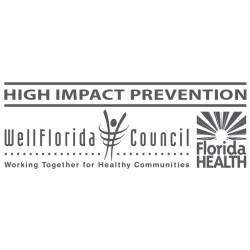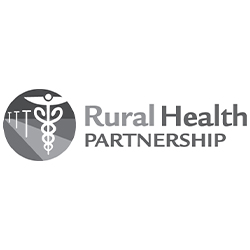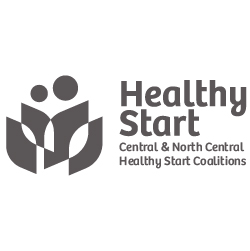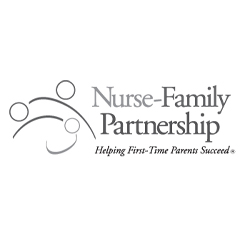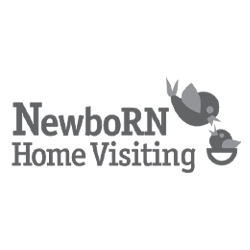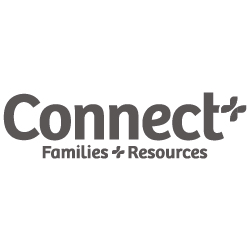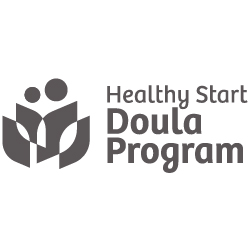Shape up, Marion! New health report aims to help
Ocala Star Banner, January 14, 2013
Improving Marion County’s health profile will require a coordinated, community effort.
That was the conclusion of a team of more than 50 community organizations, health experts and businesses after a two-year study and meetings that addressed the county’s comparatively high mortality and morbidity rates — and the social factors that contribute to them.
Members of the group met on Monday at the United Way of Marion County to lay out plans to address those health problems, which have left Marion ranked in the lower third of Florida counties.
The objectives are spelled out in the Marion County Community Health Improvement Plan, which was formally unveiled at the meeting.
Group members said the best overall solution is to mobilize the community to improve the social determinants that often are the drivers of health: income, education, employment, housing and personal behavior.
“These (strategies) are made beyond the confines of the health care communities,” said Jeff Feller, CEO of WellFlorida Council and a member of the group’s steering committee. “There has to be some more social intervention to move forward.”
To accomplish that, an array of the community leadership needs to get involved and work together. That includes businesses, educators, law enforcement, county and city governments and the health care industry.
The county’s health problems are daunting. In the 2012 annual Robert Wood Johnson/University of Wisconsin County Health Rankings report:
• Twenty percent of Marion residents reported being in poor or only fair health. The Florida average was 15 percent.
• Twenty-two percent of adults smoked, compared with Florida’s average of 19 percent.
• Marion County’s motor vehicle crash death rate was 27 per 100,000 residents, compared with Florida’s average of 19.
• Marion County’s teen pregnancy rate was 57 per 1,000 female population. That was higher than Florida’s 44 per 1,000 female population.
• Thirty-two percent of Marion County adults had a Body Mass Index greater than 30, which is the threshold for obesity. Florida’s average was 26 percent.
• Twenty-eight percent of Marion County residents reported being physically inactive with no routine exercise plan. Florida’s average was 24 percent.
Marion County’s ills aren’t due to a lack of health care providers or hospitals.
Several studies rank Marion in the top 25 percent of Florida counties in terms of quality of health care available.
“Marion County has an excellent health care delivery system,” Feller said. “If you live in Marion County and get sick, you’re likely to have access to good medical care. This plan goes beyond improving medical care and charts a path to improving the health of the community.”
The Community Health Improvement Plan’s goals include creating community partnerships, convincing government agencies to consider health outcomes in their actions, and educating the community.
The next step is to address the social determinants that affect health in Marion County. The goal is to have some of the group’s members focusing on that by May.
The next goals:
• By August, the group should implement a community campaign to inform the public on personal health issues, behaviors and their costs to individuals and the public.
By that August deadline, the group also should develop a unified message and communicate those health issues and policies to government policy makers and community leaders. The goal is to organize campaigns to inform people about the costs of these community health issues.
• By November, the community should create and market a central source for health information and referrals for both patients and health care providers.
“This isn’t just a Health Department project,” Dr. Nathan Grossman, Marion County Health Department director, told the group. “No single organization owns this — the entire community owns this.
“Transforming the health of the residents of Marion County will happen as the entire community transforms itself to think of health as more than just health care,” he said.
Meanwhile, Marion residents can take a simple, immediate step toward better health: more physical activity, said Nicole Orr, Marion County YMCA Wellness director.
“Ninety-seven percent of adults do not exercise more than one hour each week, meaning that they are far from meeting the recommendations for physical activity,” Orr said.
“At the Y, we focus on healthy living because we know that most of these chronic illnesses are preventable through lifestyle change,” she said. “That’s why we have programs that teach people how to modify their behavior and make exercise a habit…” It will take many local organizations contributing to start solving the county’s health issues.
“I don’t think one organization can make that change,” said United Way of Marion County President Maureen Quinlan. “It’s going to take the community.”
“Changing behavior takes education. It’s also offering people opportunities,” she said.
Grossman said solutions will take time to take hold.
“We didn’t get here overnight. This is not going to be fixed by July. It’s not going to be a year from July,” he said. “This is a project that should, rightly, go on forever.”
Read the published article Shape up, Marion! New health report aims to help
Back to News page
